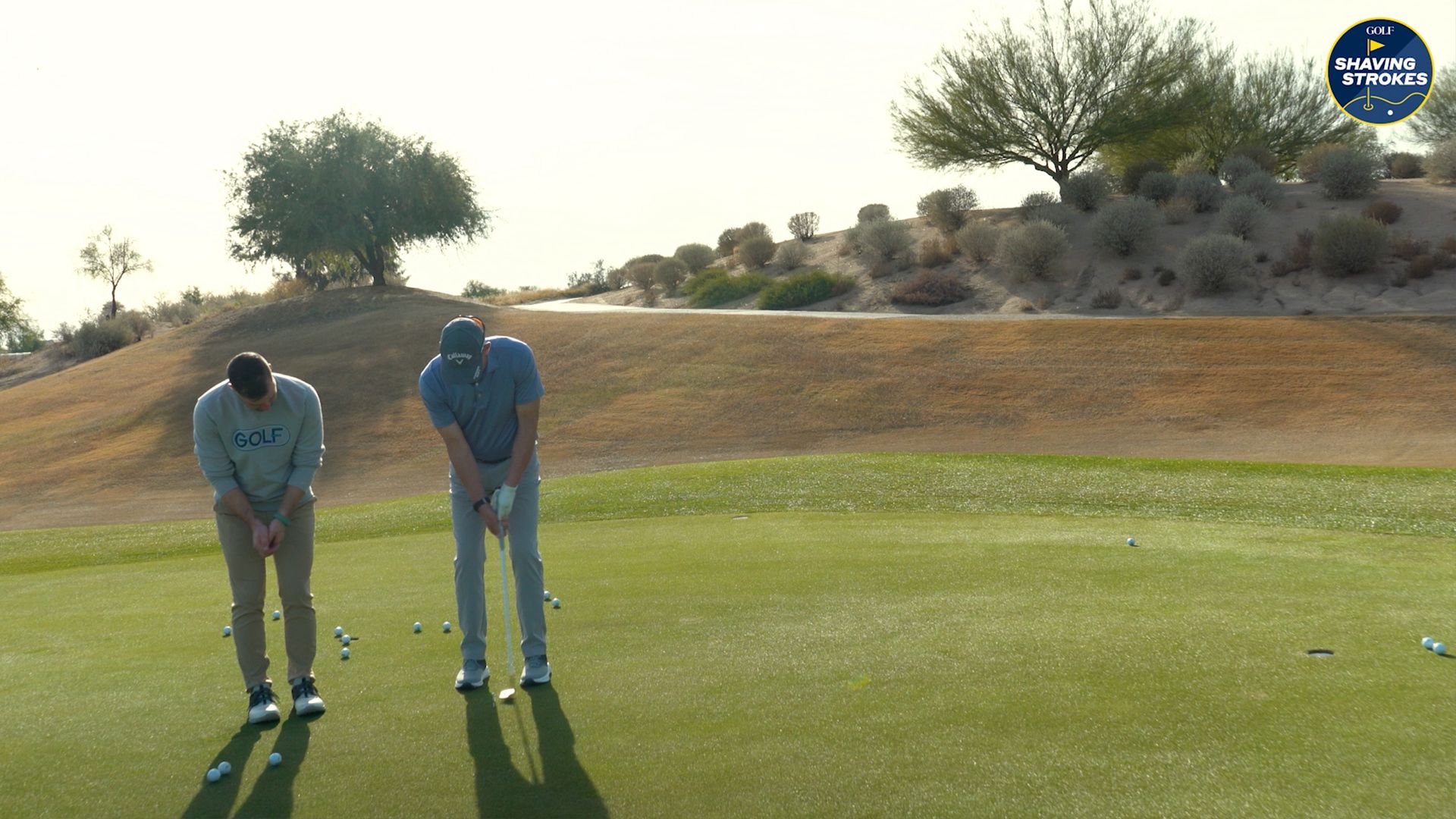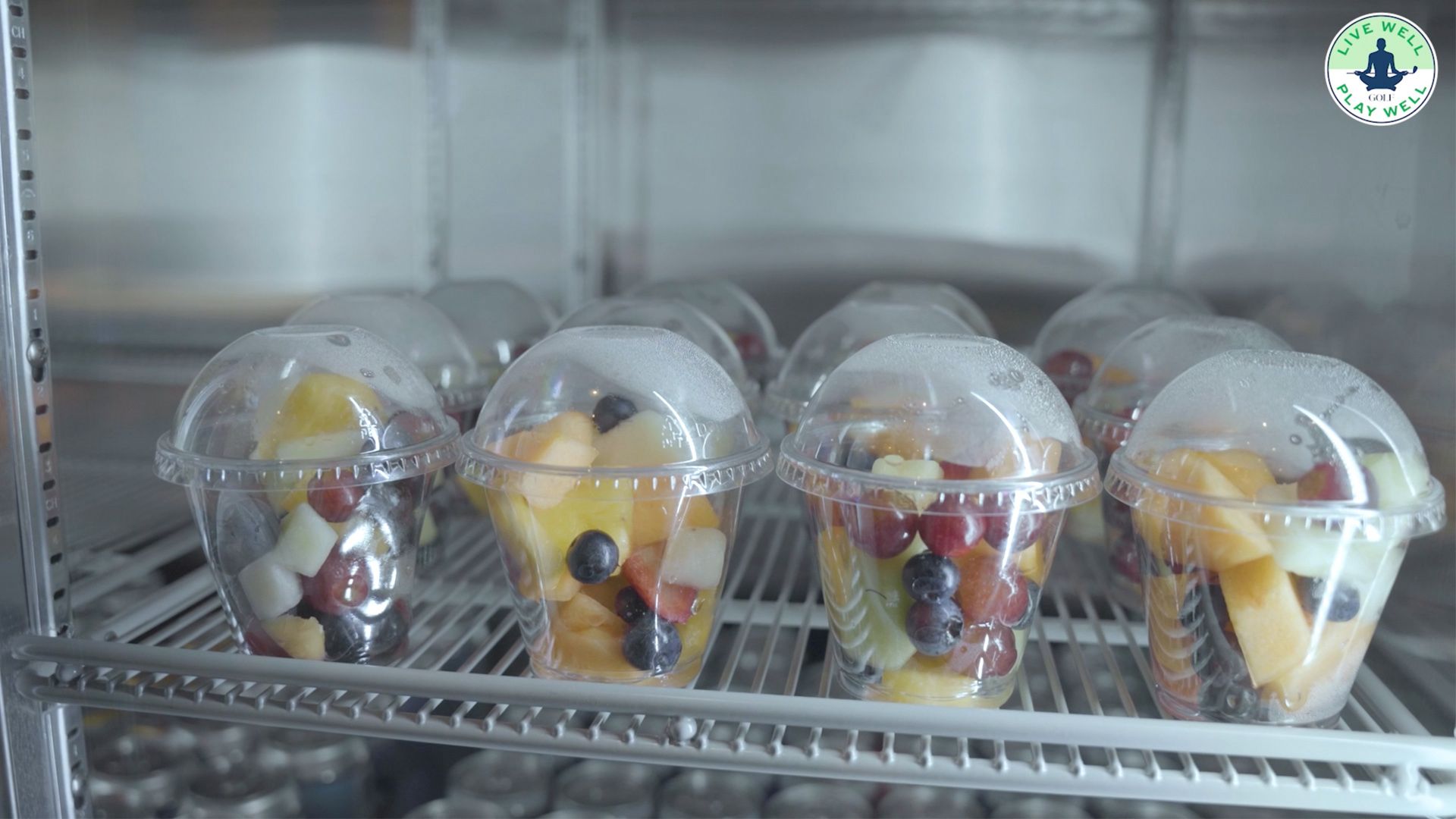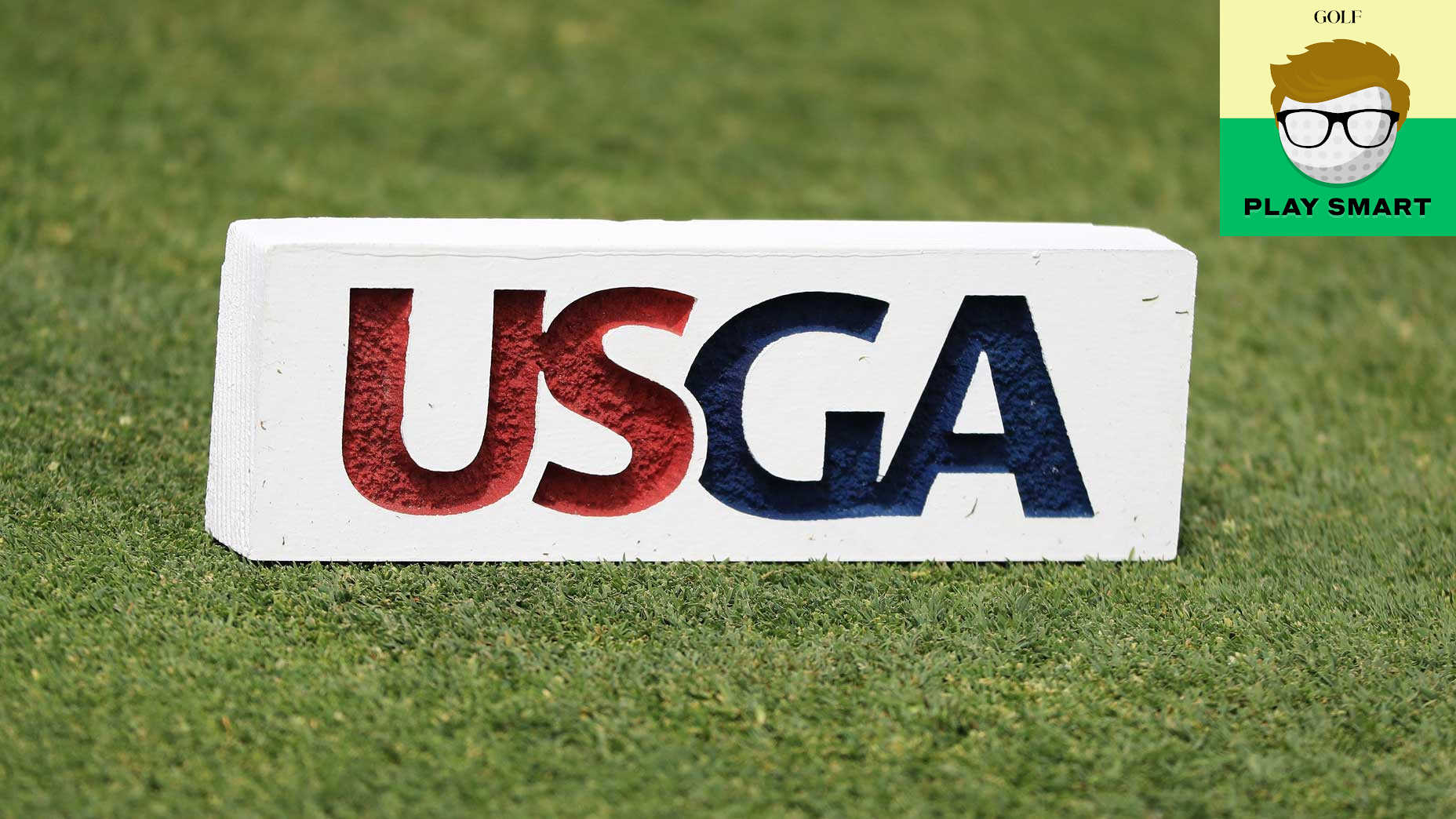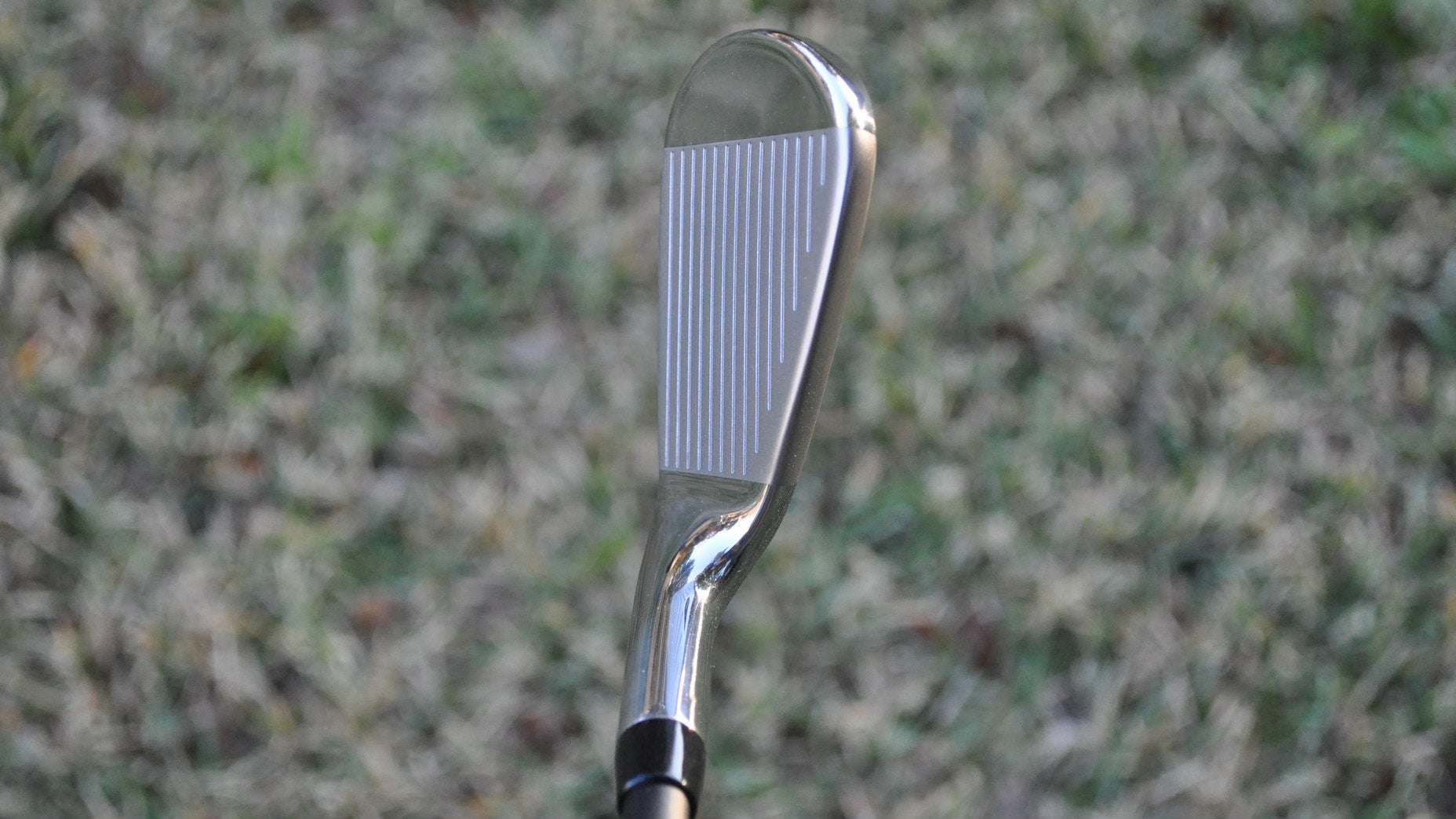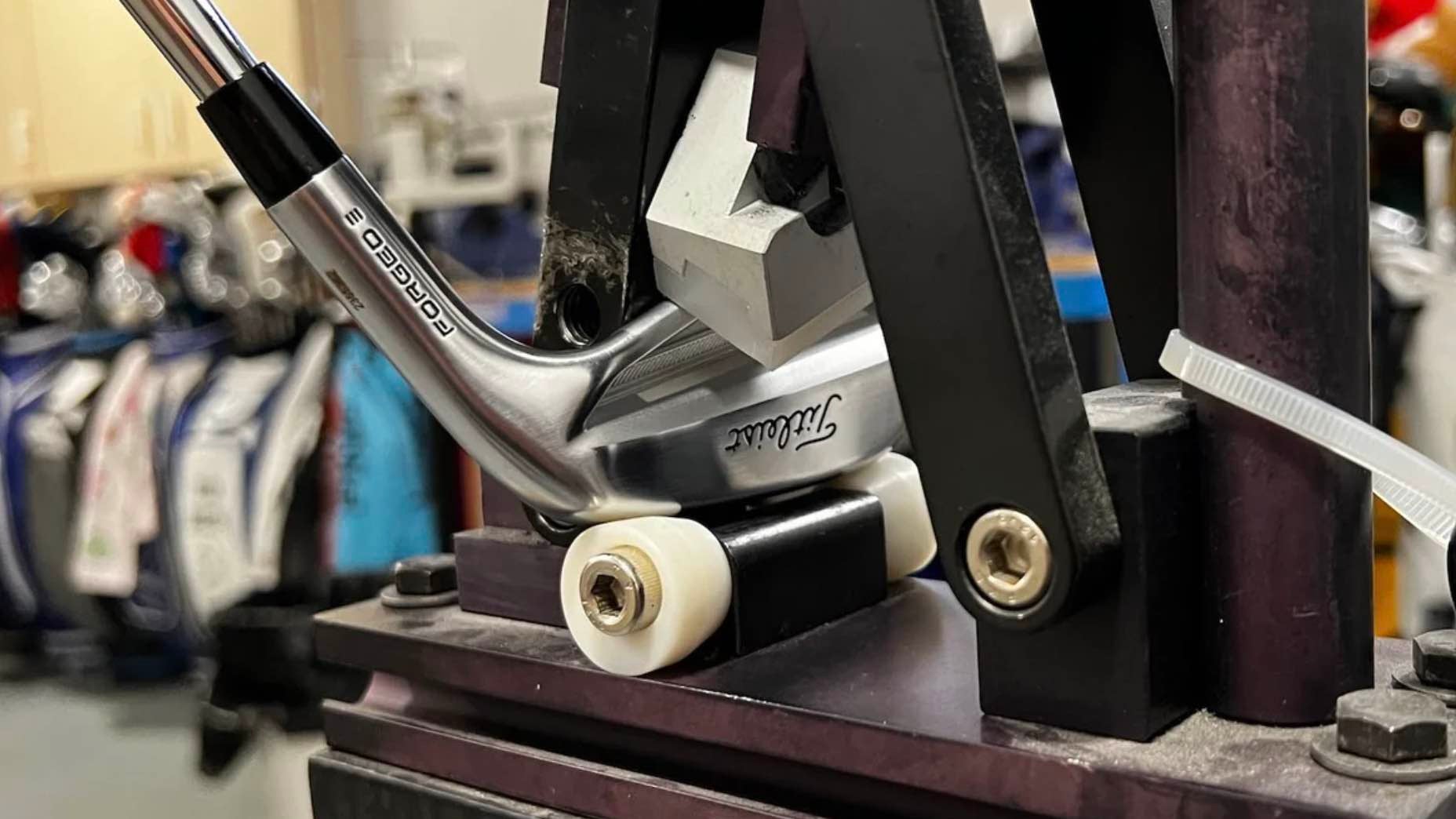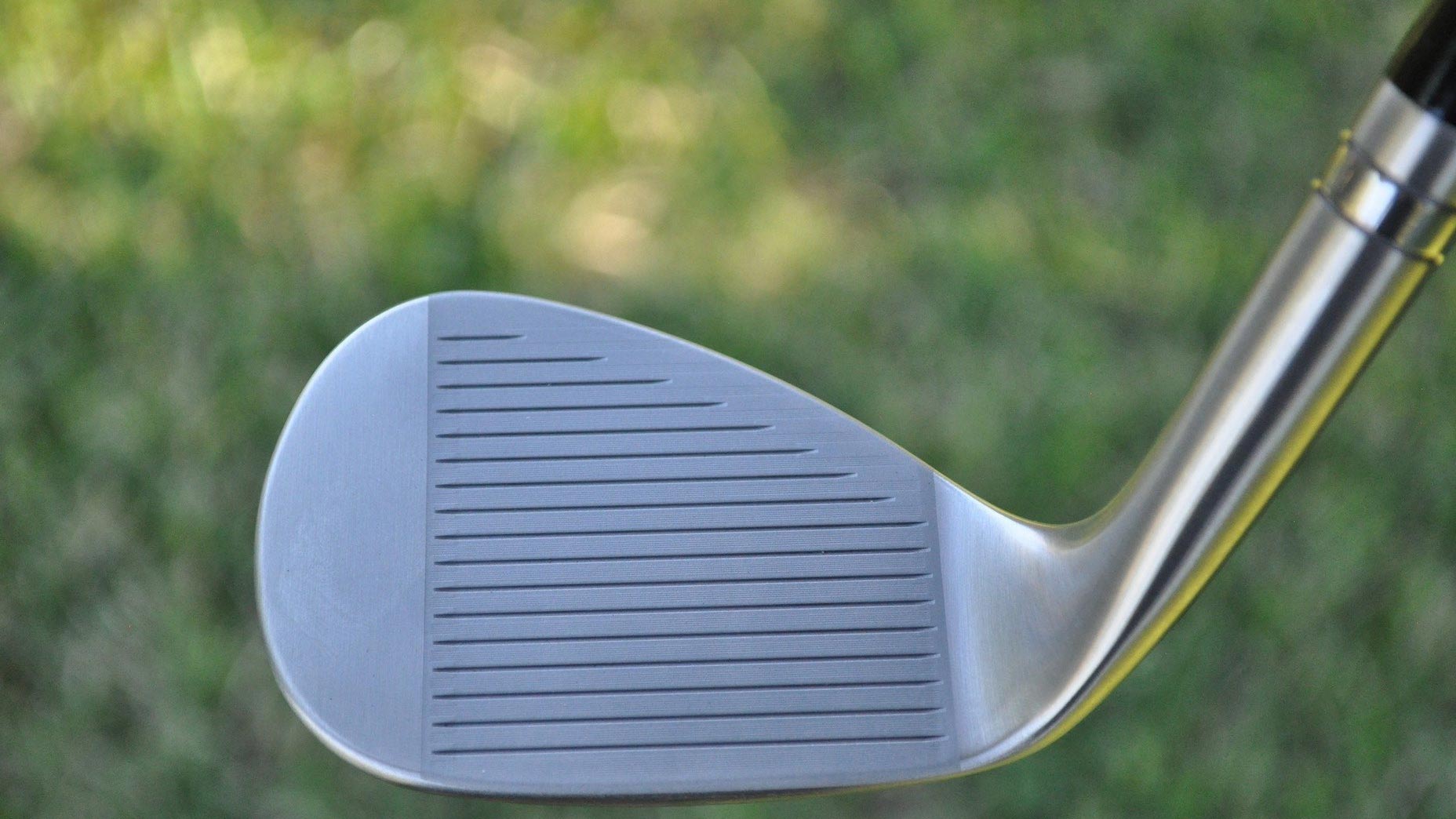Golf’s governing bodies are contemplating equipment changes that could alter the tour landscape. Whether said changes become a reality remains to be seen, but it’s very likely one or two of the “areas of interest” could become more than a talking point down the road.
The most intriguing is the possibility that the USGA and R&A could ding some pros with equipment changes that could reduce their distance advantage off the tee. One of the proposed changes centers around raising the swing speed for the golf ball conformance test from 120 miles per hour to at least 125 miles per hour. While the swing speed stands to change, the “overall distance standard” would not.
Most balls are already designed to get as close to the overall distance standard limit (320 yards), so pushing the swing speed limit beyond 120 miles per hour and not accounting for a bump in ODS would force many balls over the legal limit.
Another proposal that’s been floated around is modifying or eliminating the initial velocity test measuring how fast the ball is coming off the face. Removing a golf ball test that’s been around for 80-plus years could give golfers on the lower end of the swing speed spectrum a boost. But it could have a negative effect on golfers like Bryson DeChambeau, who touched 221 miles per hour late last year.
“One of the things [the governing bodies] have thrown out is increasing the spin rate on the golf ball,” said Fully Equipped co-host Gene Parente on this week’s podcast. “By increasing the spin rate on the ball, you lower the initial ball velocity. But you also create a ball that’s more similar to the balata.”
To see how an increase in spin might work, Parente put a wound, liquid-filled Tour-level balata ball from the 1990s — one of the last major innovations in ball technology before solid-core, multi-layer construction — to the test against a multi-layer, solid-construction, urethane ball to see if anything stuck out.
All product was hit at varying speeds with the same modern-day equipment delivered at the same impact positions. (Note: the balata balls were in a sealed box and produced identical launch and spin numbers when compared to Parente’s historical data. In other words, there was no degradation in performance.)
“What we found was if you were a mid-to-high spin player — 2,600 to 2,800 RPMs — or maybe someone who’s consistently playing the power fade, you lost 32.4 yards in distance when going from the solid-core to a wound ball.”
Golfers with an inside-outside path on the lower end of the spin spectrum (sub-2,400 RPMs spin), however, lost 20 yards.
“That’s a delta of almost 13 yards between two swing types,” Parente continued. “What was fascinating to me was this completely opens up a can of worms, where if you’re swinging inside-out at plus-four on the attack angle and playing that high, low-spinning draw, you stand to gain a club in distance over players playing the power fade with the exact same golf ball. You’re now aiding one swing segment of the PGA Tour while penalizing another one.
“All these guys at the USGA and the R&A — I’ve worked with them — are off-the-charts smart, so I’m sure they’ve looked at this. But it is really interesting to see the unintended consequences that may occur if you just look at spin to slow the golf ball down.”
Parente also pointed out something that could make the distance gap ever greater: wind. His initial head-to-head testing was conducted in relatively benign wind conditions. Throw in a blustery day on the links and things could get even more interesting.
Something else Parente noticed? Sidespin had a significant effect on distance with the balata, so players who typically work the ball on command would be at a significant disadvantage when compared to those who tend to rely on a relatively straight ball to get around the course.
“Who’s going to lose the least?” Parente said. “Everyone’s going to lose — it’s how you minimize your loss that matters.”
Driver testing results
Tour Driver Mid-High Spin (113 mph)
RESULTS
Tour-level balata ball: 262.5 yds at 3,785.8 RPMs
Modern urethane ball: 294.9 yds at 2,822.2 RPMs
Difference: 32.4 yards and 963.6 RPMs | Ball speed decreased by 4.2 mph
***
High Speed Tour Driver Mid Spin (132 mph)
RESULTS
Tour-level balata ball: 324 yds at 3,472 RPMs
Modern urethane ball: 356.9 yds at 2,631 RPMs
Difference: 32.9 yards and 841 RPMs | Ball speed decreased by 6 mph
Want to overhaul your bag for 2022? Find a fitting location near you at GOLF’s affiliate company True Spec Golf. For more on the latest gear news and information, check out our latest Fully Equipped podcast below. For more exclusive robot-testing insights, join InsideGOLF for only $20/year.









